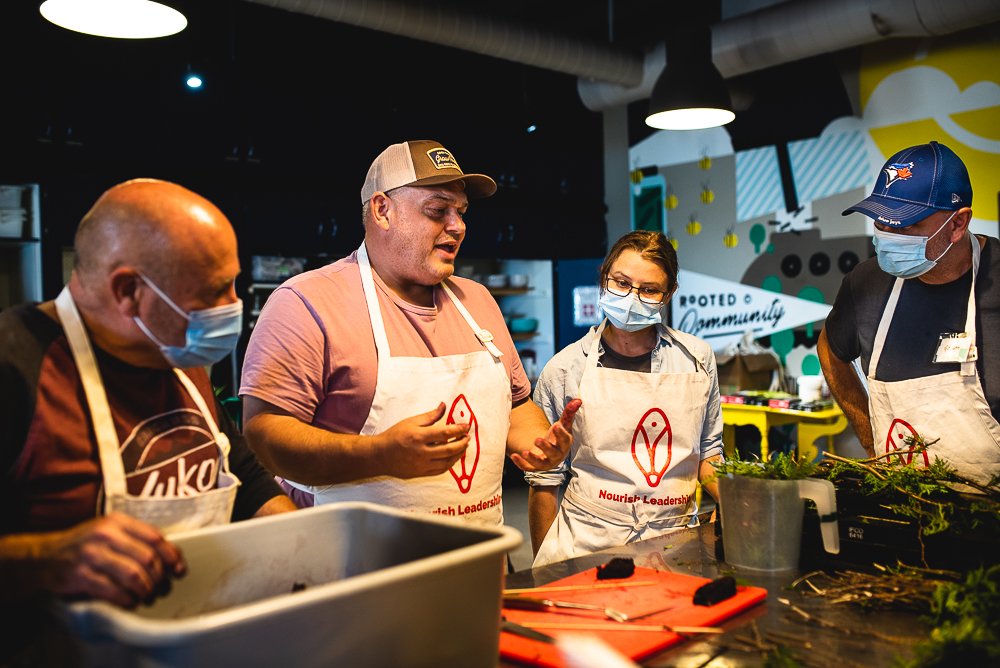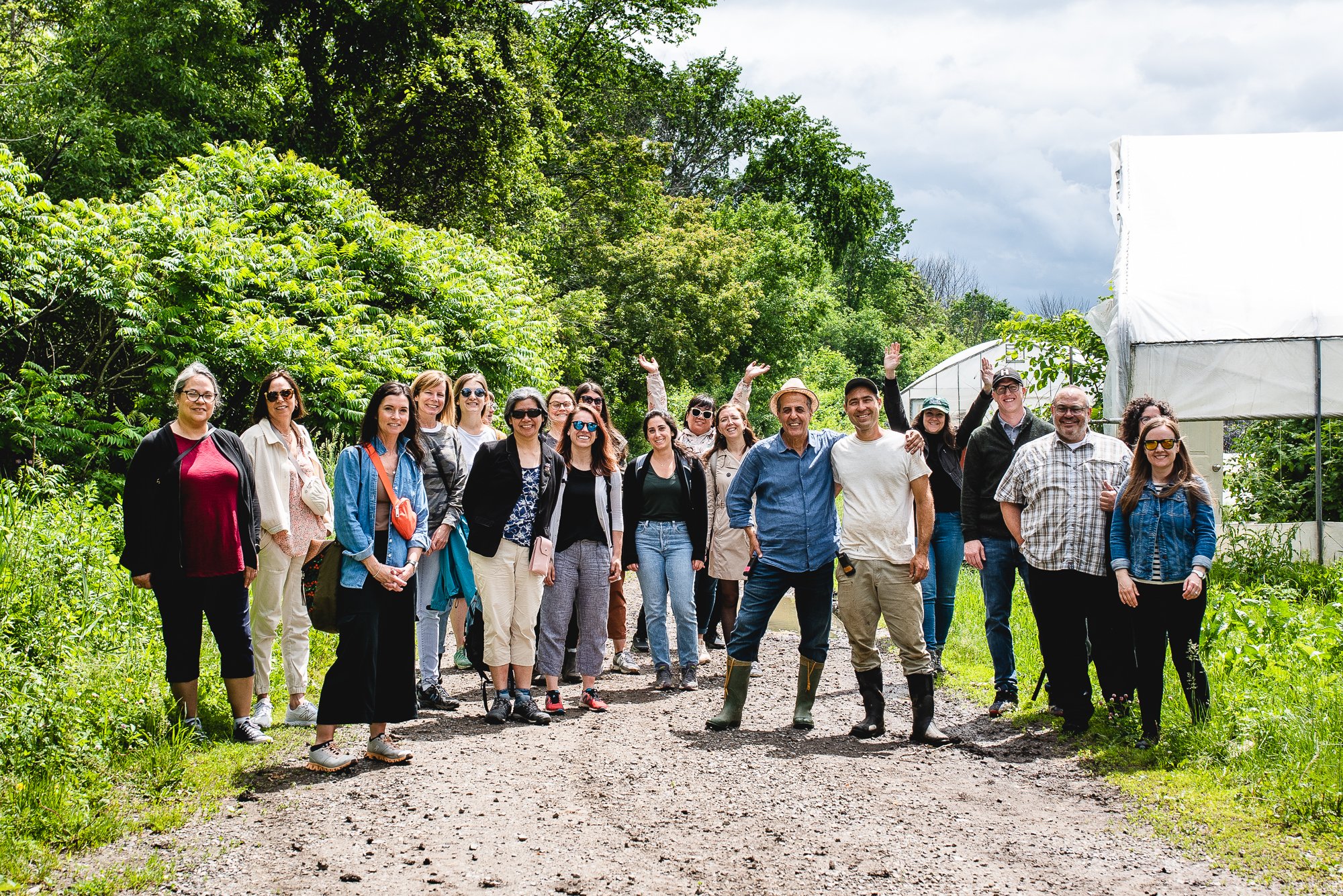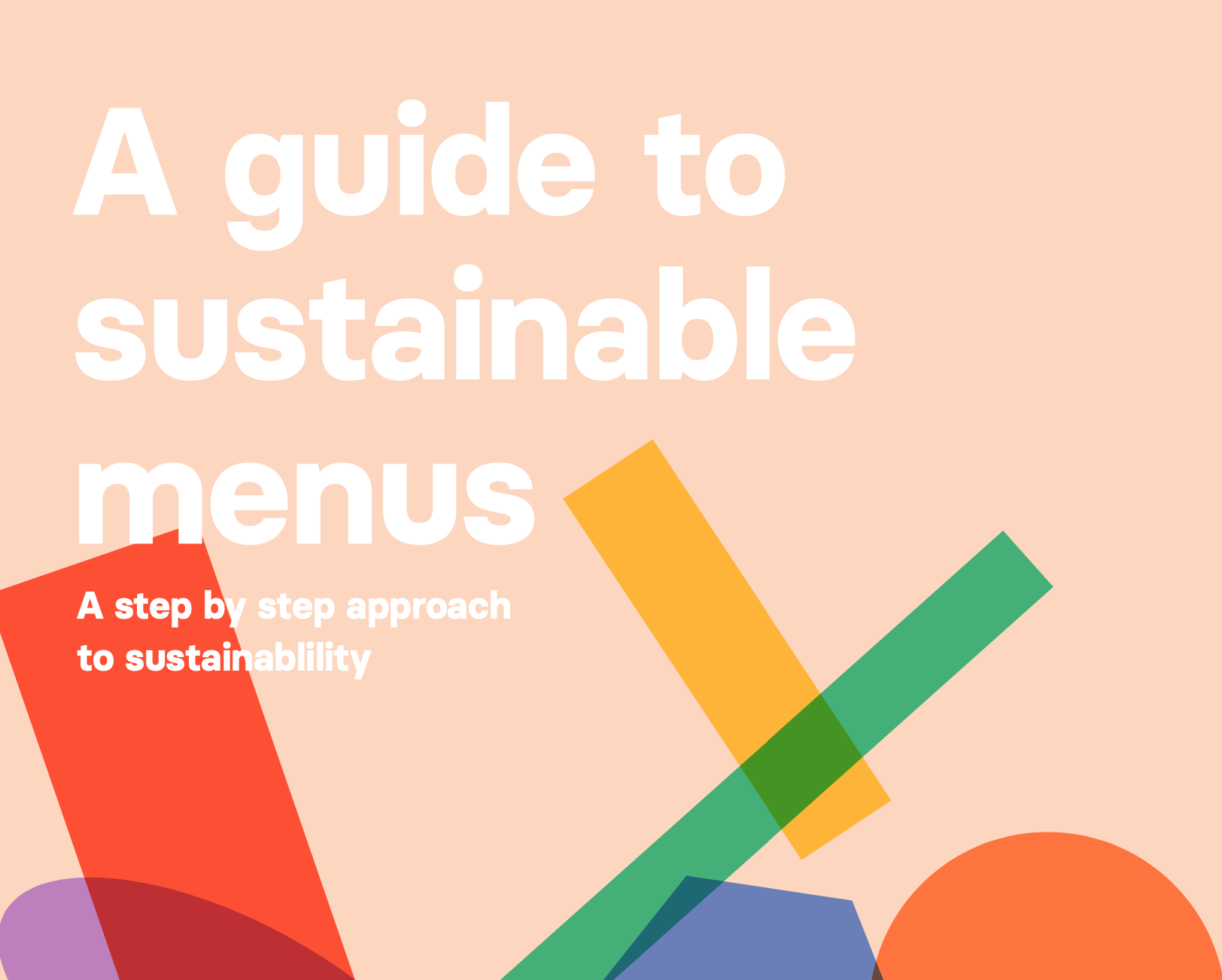Five Hints to Feed Your Team’s Anchor Cohort Application
We are well into our recruitment for the next Nourish Cohort and are impressed by the diversity and quality of teams hustling to put together an Expression of Interest (EOI) for one of the two remaining intake dates. The next intake is February 24.
Here are five hints to help strengthen your team’s chances of earning a planning grant and a spot in the 2021-2023 Nourish Anchor Cohort. Usually our team stays away from food metaphors, but on this occasion when we’re all a little strung out from COVID, they come too easily to resist.
1. Dig into the local history and ecology
So often we take the things that keep us healthy for granted - clean air, clean water, fertile soils - until they’re gone. Or, we think we can engineer our way out of the problems we face without considering the historical and ecological realities that got us into a tough spot in the first place. We might not talk about racial health gaps or about the legacies of colonial violence because we feel we don’t have the time, enough data, the mandate, or the ‘bandwidth’ - and so we let these pernicious realities persist. But what if the land could speak? What clues would it give your team?
The local ecology and history offer critical insights when trying to understand the wicked problems facing the Canadian health sector, whether it’s tracing a story of climate changes or confronting the legacy of colonial violence that touches every part of this country. In the EOI, we ask teams about the “demographics, geographical, ecological, and historical features” of your community. Take this question as an invitation to deepen your relationship with the land and history around you. For settler health care leaders googling “Whose traditional territory am I on?” and landing at NativeLand.ca, don’t stop at listing the Indigenous peoples named on the site; go find out what those groups are doing today, and find out what it might take to invite them to the table.
2. Talk power and sow a diverse dream team
Nourish’s mission is to unlock health care anchor leadership through food - within and beyond health care walls. The two pillars we’re looking for in teams are (1) strong cross-departmental engagement from within the lead health care organization and (2) strong engagement from partner organizations that reflect the diversity of the community. There can be significant power differentials between these groups, which is the reason for the Nourish planning grants. They are meant to support teams to build diverse multi-stakeholder collaboratives; a priority for Nourish because we believe this diversity is what will enable teams to transcend silos, find new ways of working, and tap into the collective wisdom and resources of communities.
Use the planning grants to build these diverse teams and bring people to the table: to compensate an Elder with an honorarium for their contributions to your team, to pay a community organization to contribute to application development, or to host a virtual conversation where prospective team members can contribute their hopes for a collaboration. The strongest planning grant requests are from teams dedicating their budgets to addressing power imbalances between stakeholder groups and building the relationships and capacity for a diverse team to come together. Planning grant requests for projects that jump to solutions will be declined; this is the work that we’ll get into with the cohort. To start: go slow, to go far.
3. Bite off more than you can chew
Well haven’t we all, already! But this one’s not about juggling roles as a health leader turned teacher-chef-caregiver in a pandemic - it’s about humility. Every prospective team making an application to Nourish is asked to frame a “wicked problem” their collaborative will tackle. Thus far, teams have framed wicked problems like food insecurity in their communities, systemic racism in health care, food waste, marginalization of Indigenous food knowledge, and the negative ecological impacts of hospital food, among others. None of these are problems one person or one organization can tackle. By their nature as wicked problems, they will persist until we get to their complex roots, and work collaboratively to disentangle them from the other wicked problems to which they are inevitably linked.
Setting out to tackle wicked problems requires humility that understands it will take a whole lot more than one person or one organization gnawing at the thing to get it to unravel. In applications to Nourish, we are looking for prospective teams that showcase this humility and commitment to working collaboratively, and that have the courage to be explicit about the tensions and tough conversations they might have to negotiate as a team. Working effectively together for two years will take respect and stamina, and we’re looking for teams that are going in with their eyes open. We are not searching for a silver bullet, but instead seek what transition designers call “ecologies of interventions” that understand the complex nature of problems and solve for root causes along with the symptoms.
4. Sprout the post-COVID future
It’s tempting in a crisis - and sometimes inevitable - to get wrapped up in the moment and to lose the greater perspective. COVID demands focused attention on urgent issues, but it’s also highlighting critical flaws that are worth addressing in the longer term. Today’s urgent issues provide clues into critical longer-term opportunities: addressing immediate disruptions to supply chains raises questions about long-term resilience and diversification; addressing food insecurity exacerbated by the pandemic reveals the opportunity for greater attention on the social and ecological determinants of health; crises in long-term care provoke deeper consideration about the quality of care provided to society’s most elderly, and so on.
Nourish invites prospective teams to apply with a COVID-focus that balances shorter- and longer-term objectives of responding to the pandemic. Teams can use their two-year cohort experience to at once address the urgent issues of COVID-19 while pursuing innovation around the critical faults the pandemic has revealed.
5. Add us to your team’s recipe
There are multiple channels to get support from our team as yours develops its application. If your team didn’t snag a spot in the six-part Transition Design course that is currently (full and) underway, be sure to download the Nourish Recruitment Package, rich with guidance and exercises to support team development. Our program managers are also available to help coach your teams, and can be reached by email or phone. Milk these resources! They’re designed to strengthen your collaborations and to sharpen your problem-solving and innovation skills adding value for your work and community, even if your team isn’t invited to be part of the cohort.
By setting out on this anchor leadership journey, teams are undertaking a significant multi-year commitment to innovation in the Canadian health sector. This journey starts with awareness of place, awareness of personal and organizational power, and awareness of the interconnections between wicked problems, that together, we can work to transcend.















![Hospital food should be part of the healing [Globe and Mail Op Ed on Nourish]](https://images.squarespace-cdn.com/content/v1/58829365c534a576e10e3a5c/1606155439599-VETS16Q8IOLJTSVTSM03/Globe+and+Mail+-+Hospital+Food.png)